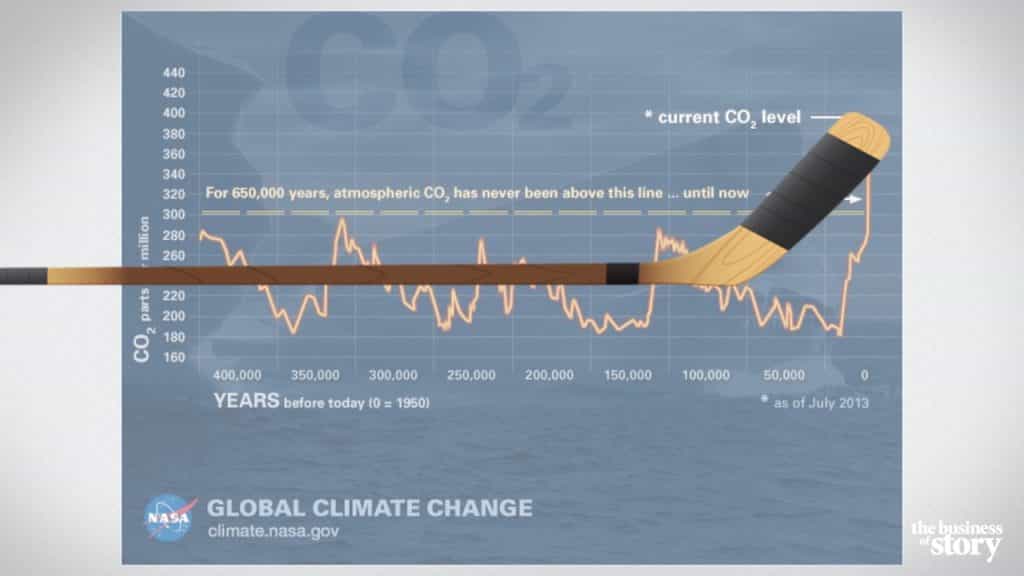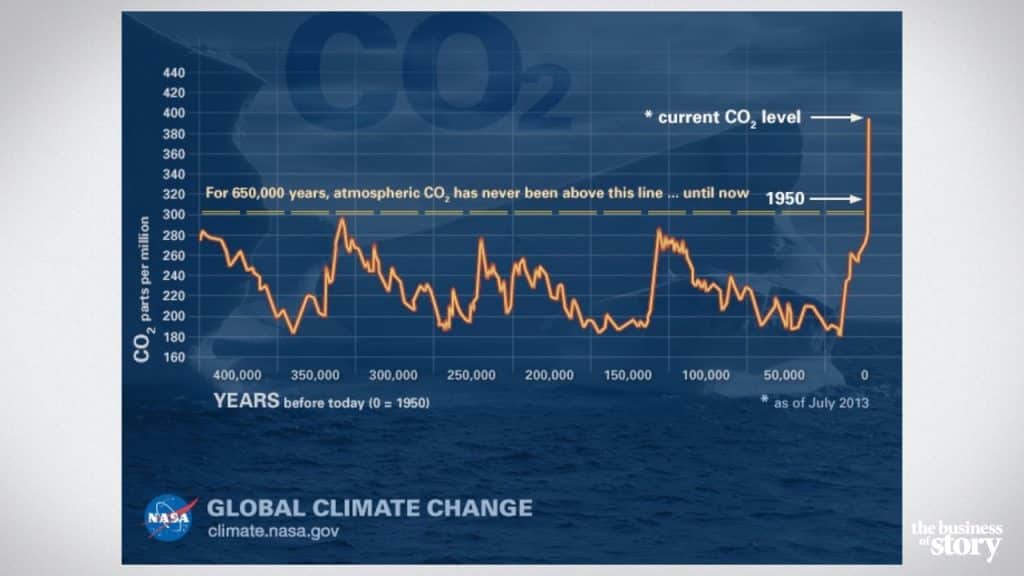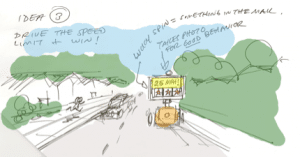Business storytelling is how leaders change beliefs and shape behaviors.
On a trip to Amsterdam for the Arizona State University Masters students in the Executive Masters of Sustainability Leadership program, we met with many important Dutch companies, like Philips and KPN, the AT&T of the Netherlands. The Dutch, although brilliant storytellers over a pint, primarily use assertions and opinions when they are talking business.

I presented my fundamentals of storytelling training to a dozen sustainability professionals in Haarlemmermeer, a suburb of Amsterdam. One young man, Max, is working on his undergraduate degree in sustainability and is an intern at a local recycling company.
Max told me that his grandpa didn’t believe in climate change and thought that Max was wasting his time in college. Max said his grandpa dismissed the science and in his opinion, global warming was normal.
I gave Max one assignment. He had to share a story about why he was driven to pursue sustainability, but the story needed to be from his grandpa’s point-of-view.
The following Tuesday, I returned to Haarlemmermeer with our class for a project at the Circular Expo. Halfway through the day Max showed up with a big smile on his face. He said, “Guess what, Park. My grandpa now believes in climate change.”
I asked Max how he changed his mind.
“I used the curve of a hockey stick to demonstrate the amount of carbon we are emitting into the atmosphere and explained how scientists believe it is heating up our planet. And I told him why that is important to me and I’m trying to help find a solution.”

I asked Max if his grandpa likes hockey.
“Loves hockey,” he said through a huge grin.
Smart young man, that Max. He stopped using opinions and assertions in his personal story about his passion for sustainability and shared a story that his grandpa could appreciate. And he changed his grandpa’s opinion about climate change and his career path at the same time.

How are You Using Stories to Reframe Your Opinions and Assertions?
To an audience, opinions and assertions often just sound like blah, blah, blah. To get your message to stick, like Max did, it’s important to help your audience see what you are talking about and to feel it.
The next time you want to persuade someone to your point-of-view, first consider the opinion you will be sharing. Then find a story that frames your opinion. Tell it first. And then share your opinion. I bet you’ll find yourself much more persuasive in the process.
This is just one of the business and leadership storytelling techniques we teach in the Business of Story deliberate practice program.
Story on, my friend.












at 1:59 pm
[…] but it’s not impossible. Here to give you the best start in telling your brand’s story is a list of storytelling techniques that you need to […]